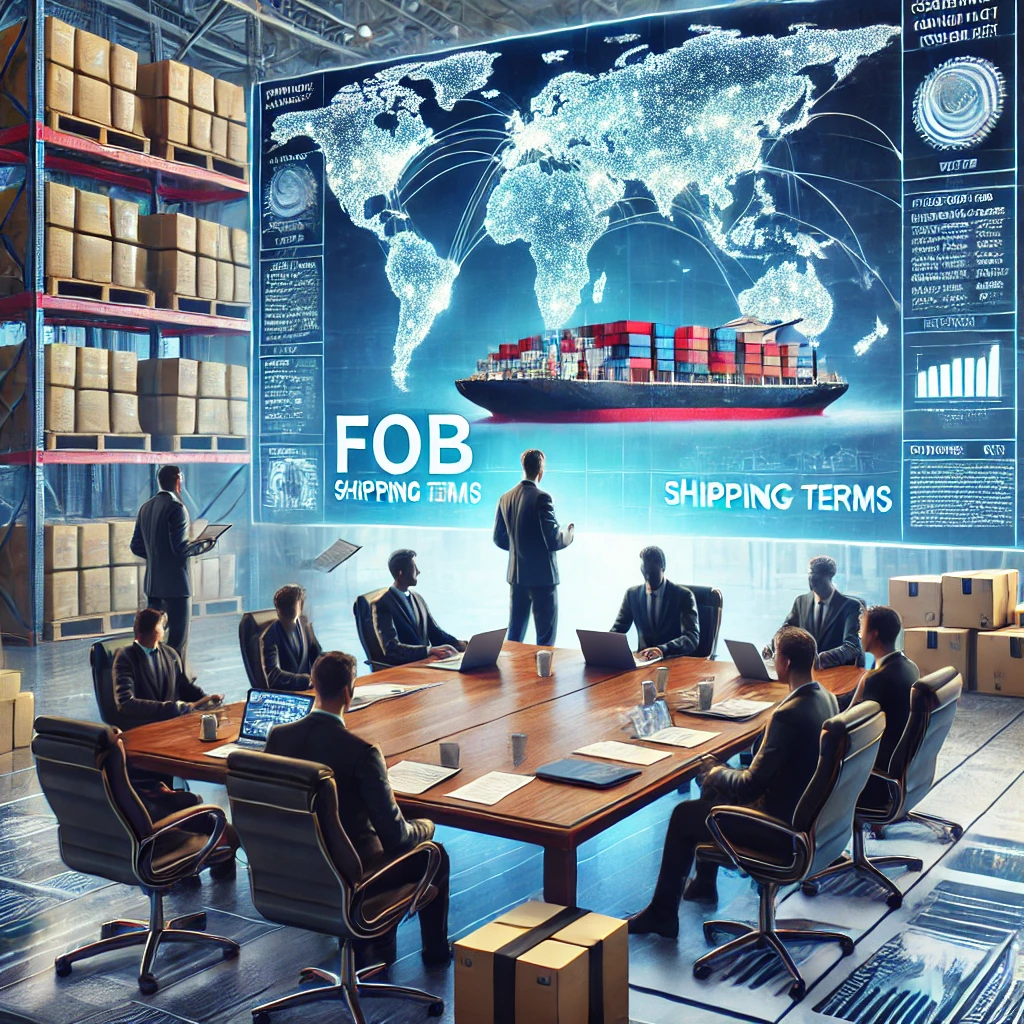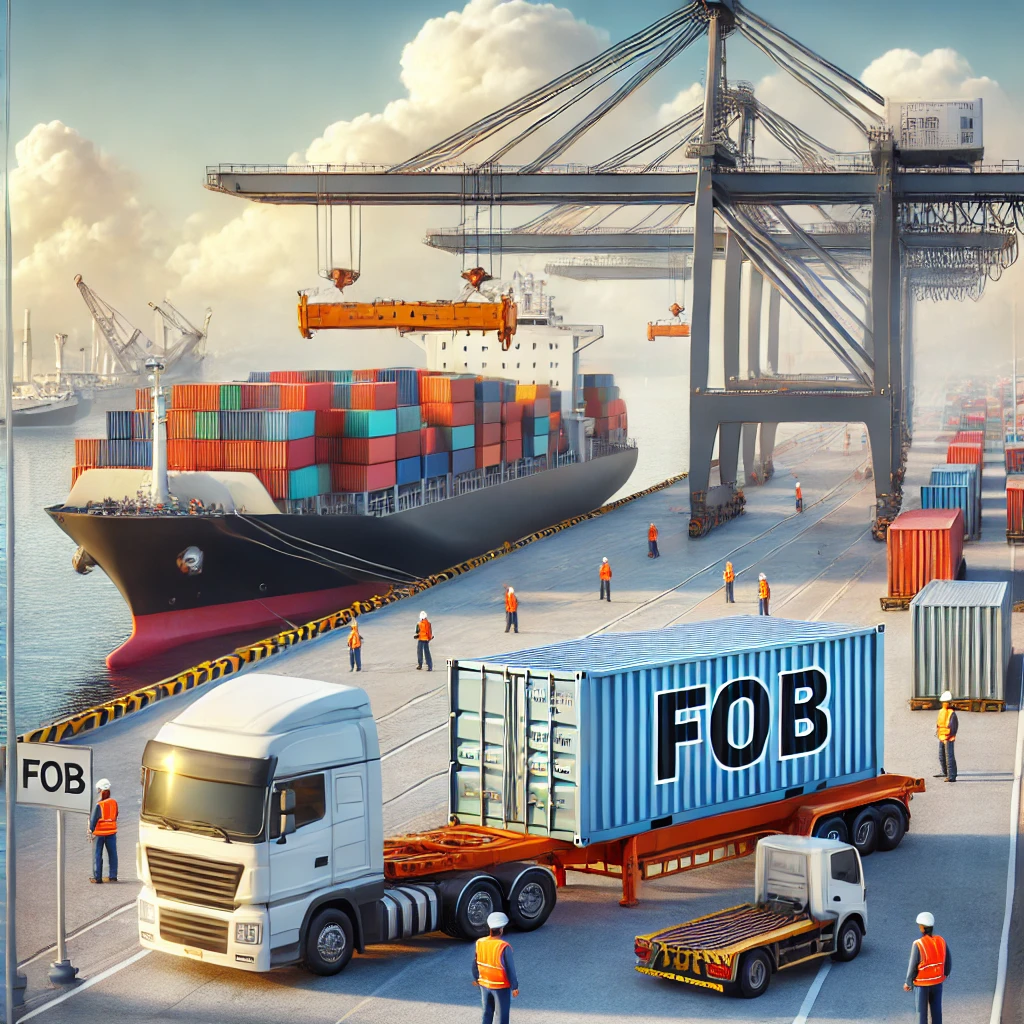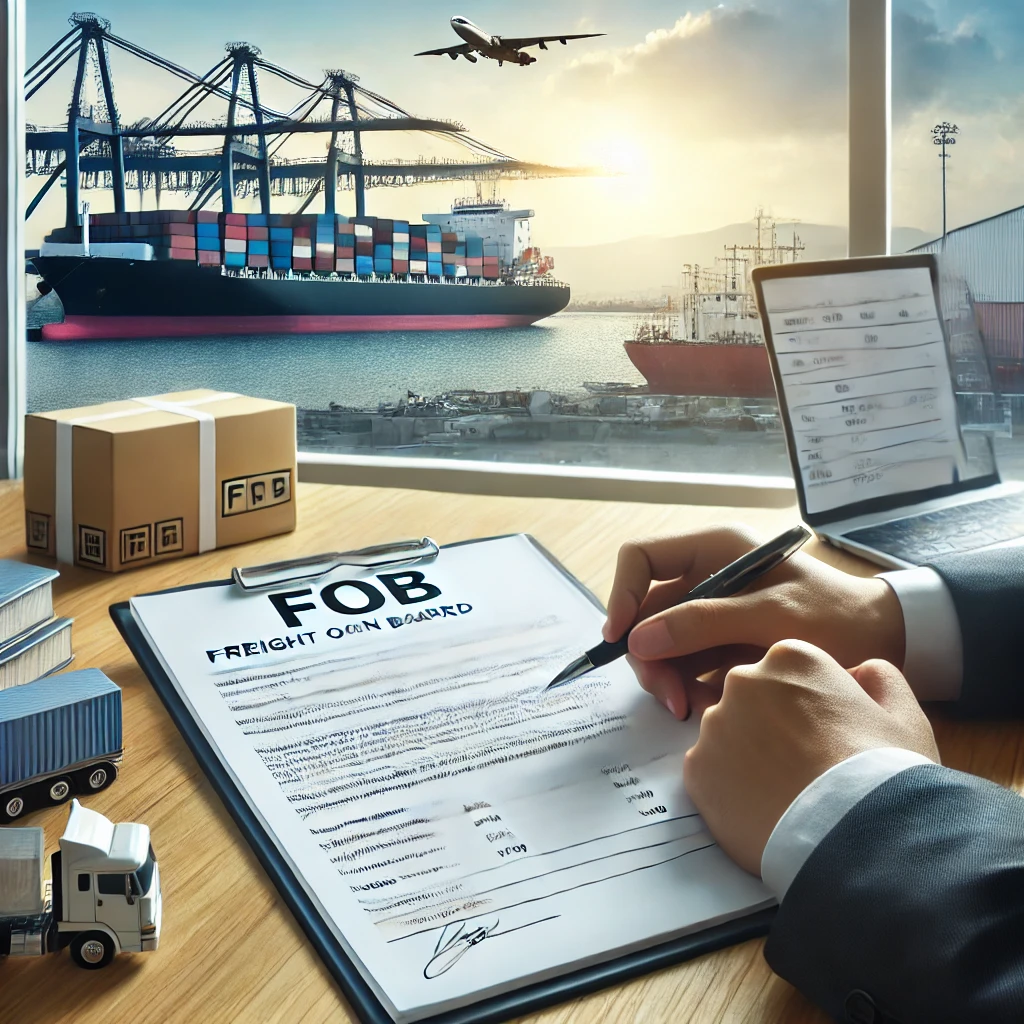An In-Depth Guide to Freight on Board Meaning

What Does Freight on Board (FOB) Mean?
FOB, or Freight on Board, is a shipping term used in international trade agreements to indicate when the ownership and responsibility of goods shift from the seller to the buyer. It specifies who pays for shipping, insurance, and other costs associated with the transport of goods.
Key Features of FOB
- Point of Transfer: FOB defines when the risk and cost responsibility shift from the seller to the buyer.
- Shipping and Cost Responsibility: Depending on the FOB terms, either the buyer or seller covers the freight charges.
- Impact on Liability: Determines who is liable for damage, loss, or additional fees during transit.

Types of FOB Terms
There are two primary types of Freight on Board (FOB) terms, each impacting cost, responsibility, and risk allocation differently:
1. FOB Shipping Point (FOB Origin)
- The buyer assumes responsibility for shipping costs and risks once the goods leave the seller’s facility.
- The seller delivers goods to the shipping carrier but does not cover transit costs or risks.
- The buyer must arrange insurance for the shipment.
Example: If a company purchases goods under FOB Shipping Point terms, any damages during transit are the buyer’s responsibility, not the seller’s.
2. FOB Destination
- The seller retains ownership, cost, and liability until the goods reach the buyer’s designated location.
- The seller covers all transportation and insurance fees.
- The buyer is only responsible for the goods after delivery.
Example: If an agreement states FOB Destination, the seller must handle transportation and any damage or loss incurred during transit.
FOB vs. Other Shipping Terms
Term | Who Pays for Shipping? | Who Assumes Risk? | When Does Ownership Transfer? |
FOB Shipping Point | Buyer | Buyer | When goods leave the seller’s facility |
FOB Destination | Seller | Seller | When goods arrive at the buyer’s location |
CIF (Cost, Insurance, and Freight) | Seller | Seller | When goods arrive at the destination port |
EXW (Ex Works) | Buyer | Buyer | When goods are made available at seller’s premises |

Practical Uses of FOB in Business and Trade
- International Trade Agreements
- FOB terms are widely used in contracts between exporters and importers.
- Helps determine logistics planning and cost distribution.
- Cost and Risk Management
- FOB terms clarify who is financially responsible for goods during transit.
- Businesses can use FOB to optimize shipping costs and liability coverage.
- Customs Clearance and Import Duties
- In FOB Shipping Point, the buyer handles import duties.
- In FOB Destination, the seller may be responsible for customs clearance.
- Freight Negotiation and Logistics Planning
- Buyers can negotiate better shipping rates when selecting FOB terms.
- Sellers can use FOB terms to reduce logistics costs and streamline operations.
Common Challenges and How to Address Them
- Misunderstanding Liability and Costs
- Ensure that both parties agree on FOB terms before finalizing contracts.
- Use Incoterms 2020 to standardize trade agreements.
- Unclear Documentation
- Clearly define FOB terms, shipping conditions, and responsibilities in invoices and purchase orders.
- Unexpected Shipping Delays
- with reliable freight forwarders and logistics partners to avoid disruptions.

How to Choose the Right FOB Terms for Your Business
- If you prefer more control over shipping costs, opt for FOB Shipping Point.
- If you want less responsibility for transportation risks, choose FOB Destination.
- Always factor in customs regulations, insurance, and overall cost considerations when selecting FOB terms.
Conclusion
FOB (Freight on Board) is a crucial shipping term that determines ownership transfer, cost responsibility, and liability during the shipping process. Understanding the differences between FOB Shipping Point and FOB Destination helps businesses make informed decisions on cost-effective shipping, risk management, and customs clearance. By properly negotiating and implementing FOB terms, importers and exporters can optimize their supply chain and ensure smooth international trade transactions.
